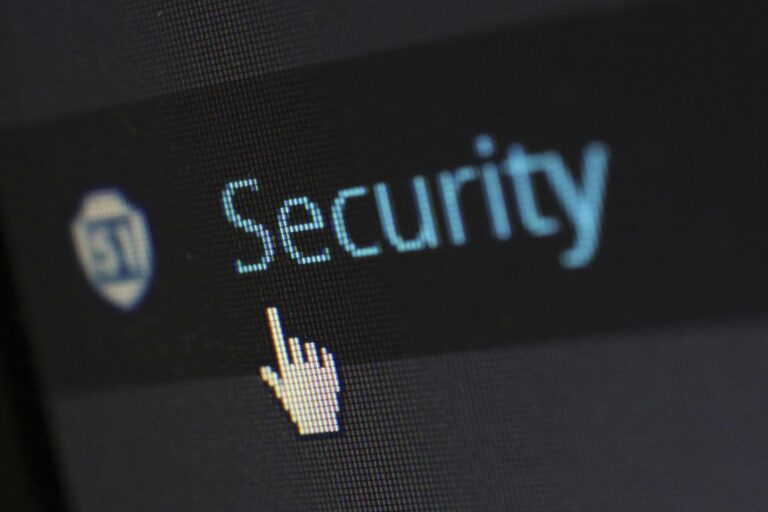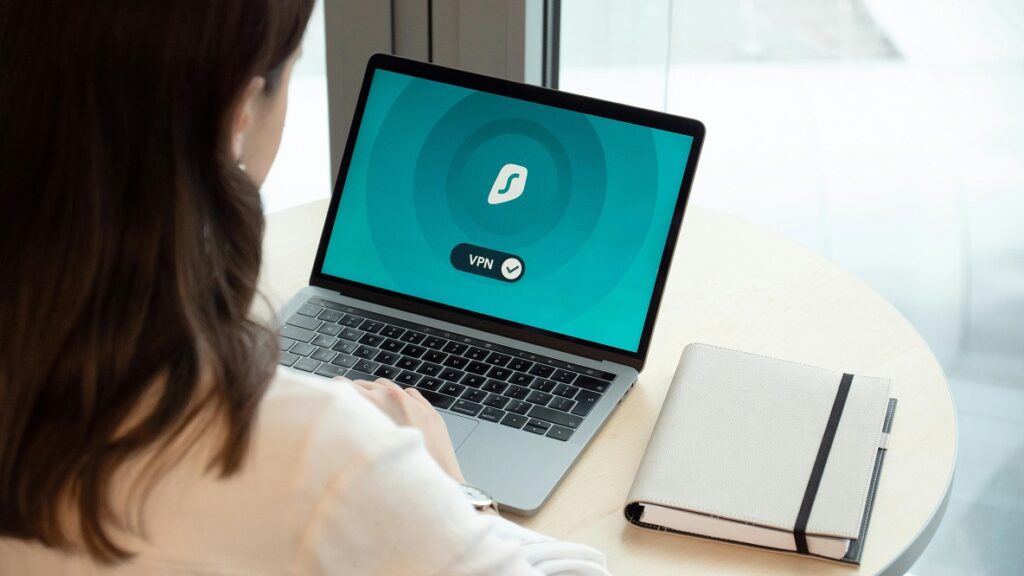Why It Matters
Remote work is here to stay—but so are the threats that come with it. From phishing scams to data breaches, a single weak link can compromise an entire organization.
Protecting your team means being proactive. Here’s a quick checklist every company should follow to keep remote teams secure and confident.

Cybersecurity Essentials for Remote Teams
VPN Access for All Devices
Encrypts internet traffic and keeps remote connections safe from prying eyes.Mandatory Multi-Factor Authentication (MFA)
Adds an extra layer of security beyond just a password.

- Regular Phishing Simulation Training
Helps employees spot suspicious emails and avoid costly clicks. - Secure File-Sharing Tools
Use approved platforms—no more “just Dropboxing it.”
- Password Manager Usage
Encourages strong, unique passwords across tools and systems. - Device Management Policies
Ensure only approved devices can access company systems. - Endpoint Protection Software
Defends laptops and mobile devices from malware and other threats.

Bonus Tip:
Include cybersecurity training in every new hire’s onboarding checklist—don’t wait until something goes wrong.
Cybersecurity for remote workforces isn’t just IT’s job. When HR and IT co-own the process, adoption improves—and risks shrink.

Ready to Strengthen Your Remote Security?
Smart security starts with shared responsibility.
Start the conversation on how your HR and IT teams can team up to protect your remote workforce—without adding friction. Contact us!
Related Articles


Fair Pay, Fewer Disputes: The Role of Transparent Compensation in Conflict Prevention


